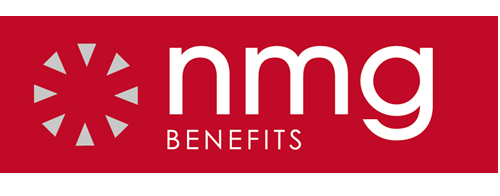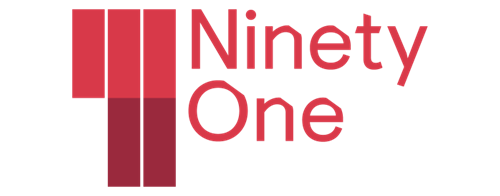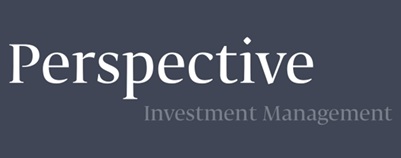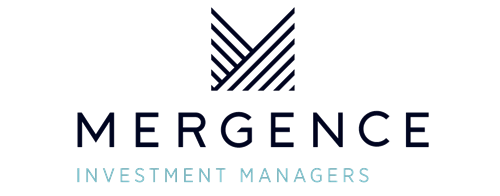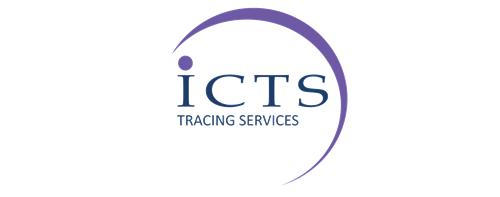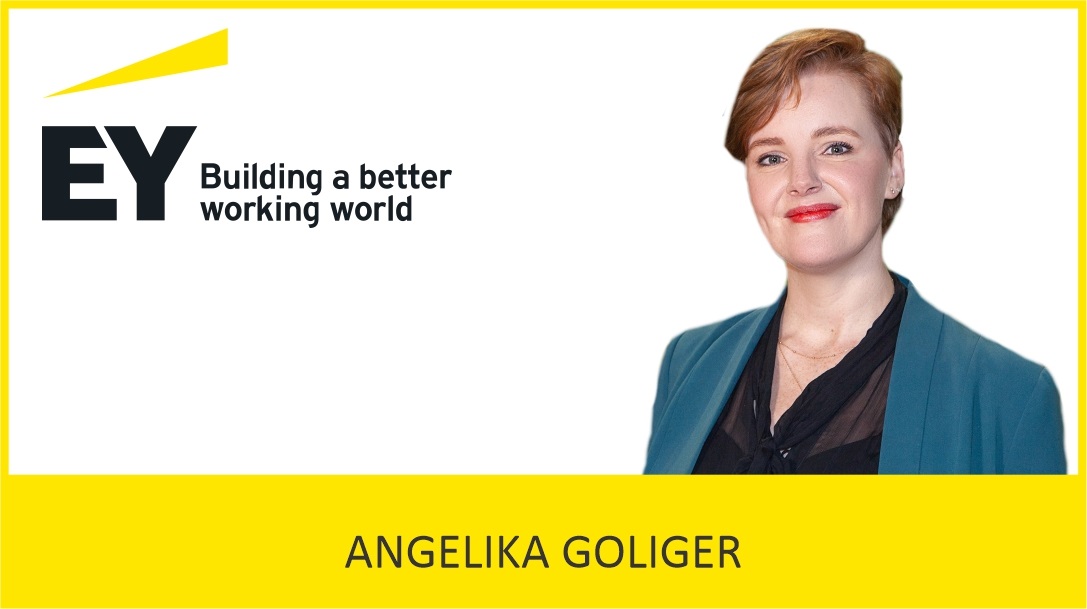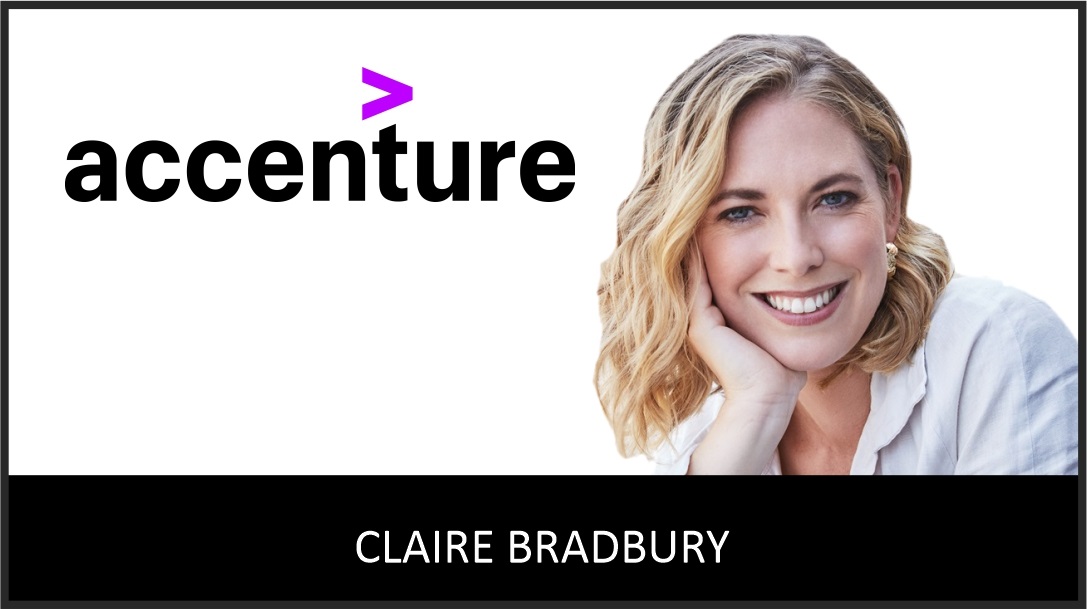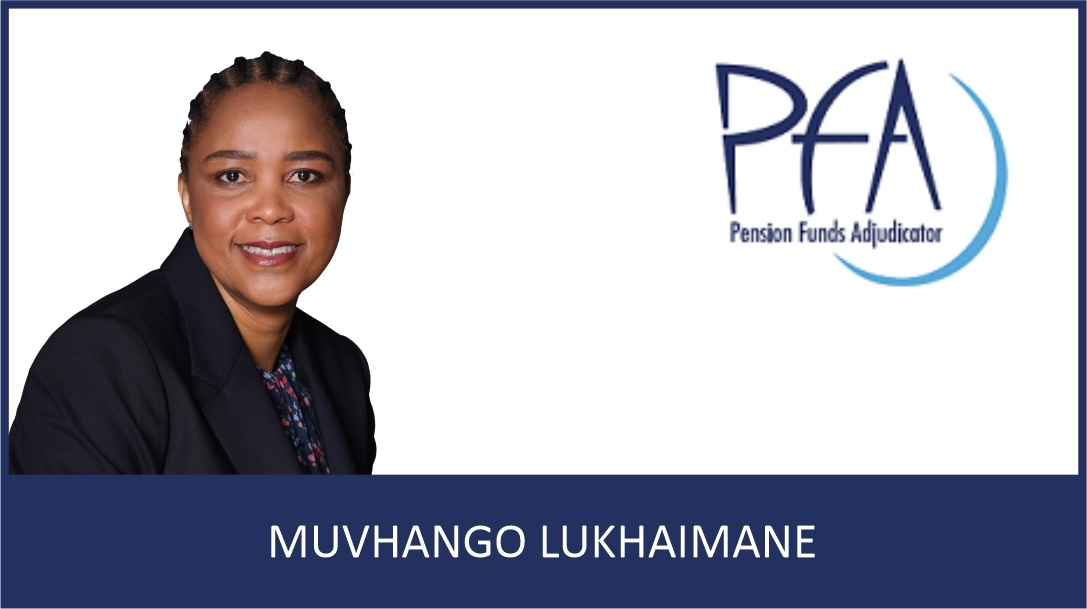Angelika Goliger, Chief Africa Economist at EY
As South Africa navigates a path toward economic recovery, the South African Reserve Bank’s (SARB) recent pivot to anchor inflation at the lower end of its 3%-6% target range is poised to foster modest growth through structural reforms and potential further rate adjustments.
EY’s August macroeconomic outlook underscores this forward momentum, highlighting balanced domestic risks but warning of medium-term inflationary pressures from surging food prices, particularly meat, alongside slower fuel cost declines.
EY’s Chief Africa Economist, Angelika Goliger said: “Headline consumer inflation is expected to rise modestly in the coming months, building on June’s slight uptick to 3.0% year-on-year from 2.8% in prior months, driven by food and non-alcoholic beverages reaching a 15-month high of 5.1%.
“Core inflation, however, is anticipated to remain subdued following its dip to 2.9% in June, the lowest since July 2021, with unprocessed food items like fruits, nuts, and vegetables continuing to post double-digit increases, led by staples such as beetroot, lettuce, and carrots.”
While fuel prices have provided some relief with four consecutive months of declines, upward risks from tariff hikes could intensify these dynamics.
Goliger pointed to the evolving policy landscape as a catalyst for sustained improvement.
“Looking ahead, the SARB’s strategic focus on the bottom of the inflation band will help anchor expectations more firmly, creating space for growth amid balanced risks,” Goliger said. “With medium-term pressures likely from food prices, especially meat, the SARB’s modelling suggests a gradual inflation climb, but this recalibration could enable up to five additional rate cuts under a potential 3% target scenario, potentially lowering the medium-term policy rate below 6%.”
The MPC’s July report projected real GDP growth to strengthen modestly over the medium term, buoyed by reforms, though historical volatility, from pandemic-era contractions to uneven recoveries, underscores the need for vigilance. An emerging debate between the SARB and National Treasury on further reducing the inflation target highlights tensions between long-term price stability and immediate development goals. The SARB advocates for a lower target to enhance monetary credibility, arguing it would strengthen the rand, reduce borrowing costs, and sustain lower rates for consumers and businesses, thereby boosting credit supply and exports with minimal growth trade-offs despite temporarily higher real rates.
The National Treasury, however, maintains a cautious approach, emphasising comprehensive consultations with stakeholders including the Cabinet and SARB. Finance Minister Enoch Godongwana has reiterated no immediate plans for revisions, prioritizing growth, fiscal constraints, and employment amid structural challenges.
“The Treasury’s measured position reflects a commitment to aligning price stability with broader objectives like job creation, especially as external uncertainties like global tariffs loom,” Goliger noted. “This forward-looking dialogue could lead to consultations that balance macroeconomic discipline with inclusive development, potentially unlocking lower inflation benefits such as a stronger rand and eased borrowing.”
EY’s analysis anticipates domestic demand to gain traction, supported by improving disposable incomes and moderating inflation, though global trade tensions pose downside risks.
If inflation remains within the lower bound, further easing could materialise, testing the bank’s ability to sustain equilibrium amid food surges and external shocks.
ENDS




























